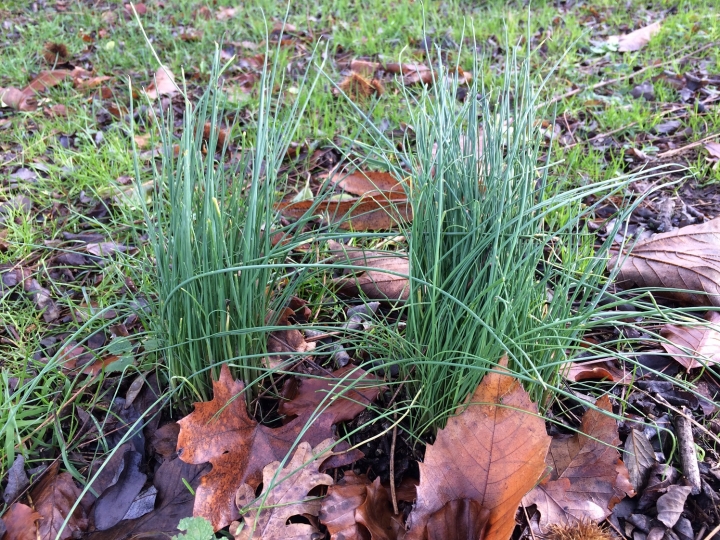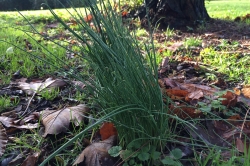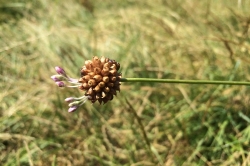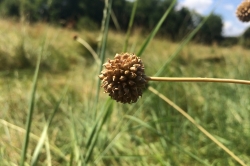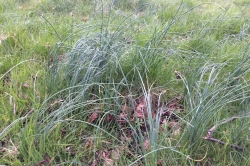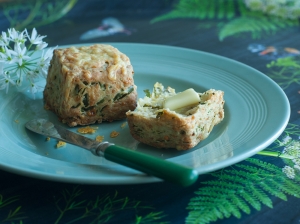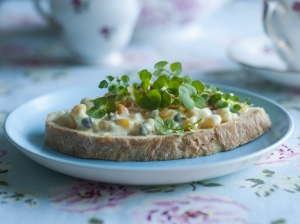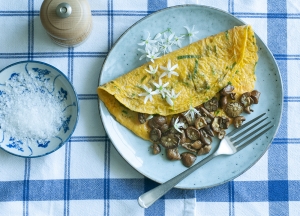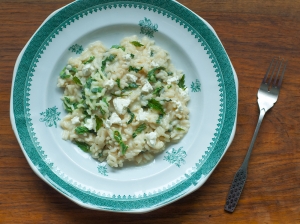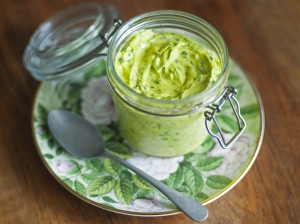Your basket is currently empty!
Home / Hedgerow Guide /
Crow Garlic
Crow Garlic
Crow Garlic is another native plant of the onion family. It looks very similar to Chives and it is used in similar manner.
| Hedgerow Type | |
| Common Names | Wild Onion |
| Scientific Name | Allium vineale |
| Season Start | Nov |
| Season End | Aug |
Leaves
Very similar to chives, long and hollow, cylindrical or semi-cylindrical. Can be hard to spot among tall grass. The leaves die back before the flowering stems emerge in late Spring.
Flowers
The flower heads appear in June and are initially covered with a papery sheath. This cover soon falls showing a round umbel combining greenish to purple bulbils and pink flowers. Very often it features only bulbils, but varieties with flowers only can also be found.
Flower Stem
The flowering stem emerges in late Spring after the the leaves have died back. It is usually tough and fibrous.
Seeds
Not technically seeds, the bulbils that compose the flower heads are like tiny bulbs and can be sprouted.
Roots
The bulbs are ovoid looking like a very small onion. They can be used but only if you have permission from the landowner to dig and uproot plants.
Habitat
Grassland, including meadows, coastal cliffs, hedgerows, roadsides, parks and also among cereal crops.
Possible Confusion
It can be difficult to spot among tall grass. It is distinguished from grasses by its onion smell.
It is very similar to chives and easily confused before flowering, but that would be harmless as both plants have similar culinary value.
Smell
Like onion.
Taste
Somewhere in between onion, garlic and chives.
Frequency
Common throughout Britain, very frequent in Southeast England, but more rare and only coastal in Northern Scotland.
Collecting
The leaves are collected and used like chives. They are better in late Winter and early Spring, becoming rougher and less pleasant after.
The bulbils can be gathered and used fresh or air dried as a crunchy seasoning, or even sprouted for salads.
If you have permission from the landowner to uproot you may use the small bulbs which taste like a garlicky onion.
Medicinal Uses
Like other Alliums it may help reduce blood pressure.
Other Facts
It is unwanted by farmers as it grows in pasture spoiling the taste of milk or mixed among cereals contaminating the crop.



 (27 votes, average: 3.56 out of 5)
(27 votes, average: 3.56 out of 5)